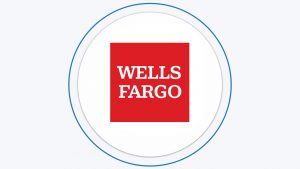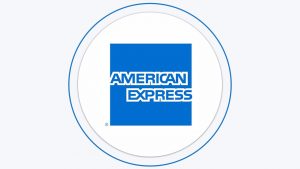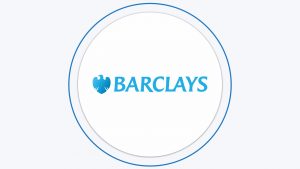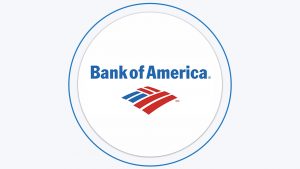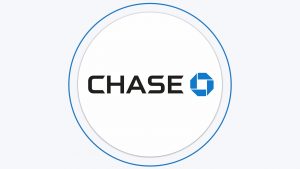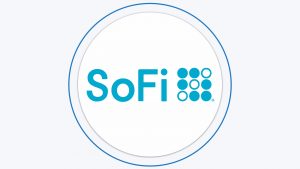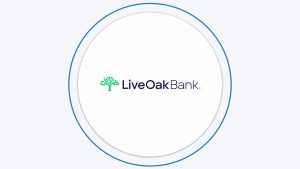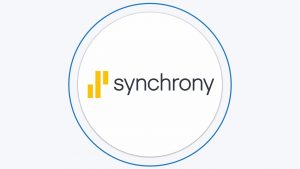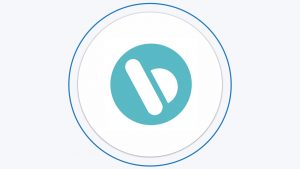Table Of Content
An emergency fund is an essential part of any sound financial plan. It provides a safety net for unexpected expenses or financial emergencies, helping to avoid debt or the need to sell investments.
But where should you keep your emergency fund? With so many options available, it can be overwhelming to decide where to store your savings.
In this article, we'll explore some of the best places to keep your emergency fund, and discuss the pros and cons of each option.
Choosing the Best Place to Keep Your Emergency Fund
The ideal place to put your emergency fund depends on your individual financial situation and priorities. However, here are some requirements that an ideal place for an emergency fund should provide:
Safety: The investment option should be safe and secure, with little to no risk of loss.
Liquidity: The investment option should be easily accessible in case of an emergency.
Return on investment: While safety and liquidity are important, it's also important to consider the return on investment. .
Low fees: Look for investment options with low fees and charges, as this can eat into your returns over time.
Ideal Places To Keep Your Emergency Fund | Places That May Not Be A Good Idea |
|---|---|
Savings Accounts | Stocks And Mutual Funds |
Money Market Accounts | Checking Accounts |
Short-Term CDs | |
Treasury Bills |
Ideal Places To Keep Your Emergency Fund
The best place to keep your emergency fund depends on your personal financial situation and priorities. However, considering the factors above, here are some options to consider:
-
Savings Accounts
Savings accounts are a good option for keeping your emergency fund because they are generally considered to be safe and liquid.
The Federal Deposit Insurance Corporation (FDIC) insures up to $250,000 per depositor per insured bank, which means that even if the bank fails, your money is protected. Additionally, savings accounts offer easy access to your money, so you can withdraw funds at any time without penalty.
The downside to savings accounts is that the interest rates are typically lower than other investment options. Furthermore, inflation can erode the value of your money over time if the interest rate doesn't keep up. However, if safety and liquidity are your main priorities, a savings account may be a good choice for your emergency fund.
If you choose to deposit your money in a savings account, you can get 4-5% APY as of July 2024.
-
Money Market Accounts
A money market account can be a good place to keep your emergency fund because it offers a balance of safety, liquidity, and return on investment.
Money market accounts offer easy access to your money, typically through check-writing privileges or online transfers. This makes it easy to withdraw funds in case of an emergency. Also, they offer a similar or a bit lower interest rate than traditional savings accounts. Lastly, banks and credit unions typically offer money market accounts and are FDIC-insured, up to $250,000.
However, like savings accounts, money market accounts are not immune to inflation risk. Also, Federal regulations limit the number of transactions you can make from a money market account to six per month. This includes transfers and withdrawals, which can be inconvenient if you need to access your emergency funds more frequently.
-
Short-Term CDs
Certificates of deposit (CDs) are a type of low-risk investment that can be a good option for emergency funds.
Short-term CDs typically have terms of less than one year and offer a fixed interest rate for the duration of the term. This means that you can earn a higher interest rate than a savings account or money market account, while still maintaining some liquidity.
However, if you need to withdraw your money before the CD matures, you may have to pay a penalty fee. Additionally, the interest rate on a CD may be lower than other investment options that carry more risk.
If you choose to deposit your money in a CD, you can about 5% APY as of July 2024.
-
Treasury Bills
Treasury bills, or T-bills, are a type of low-risk investment that are backed by the U.S. government. They are issued with maturities of 4, 13, 26, or 52 weeks and can be purchased in increments as low as $100. T-bills offer a fixed interest rate that is determined at auction.
One of the main advantages of T-bills is that they are highly liquid and can be sold before they mature. Additionally, they are considered to be a very safe investment because they are backed by the U.S. government.
However, like other low-risk investments, the return on investment may be lower than other investment options.

Which Places That May Not Be A Good Idea
There are smarter strategies to While you can choose to keep your emergency fund on the following, there are some good reasons why skipping is better:
-
Stocks And Mutual Funds
While stocks and mutual funds can offer potentially higher returns than other investment options, they carry a higher level of risk.
The value of the investment can fluctuate based on market conditions, which can make it difficult to predict how much your emergency fund will be worth at any given time. Additionally, if you need to access your funds during a market downturn, you may end up selling the investment at a loss.
-
Checking Accounts
Checking accounts are designed for daily transactions and typically offer little to no interest on the balance.
The main drawbacks here is that while you can get 3-5% if you put your money in savings accounts or CDs, your emergency fund will usually not grow if you keep it in your checking account.
Additionally, they may have fees associated with them, such as monthly maintenance fees or transaction fees. Keeping your emergency fund in a checking account can also make it easy to accidentally spend the money on non-emergency expenses.
How Much Do I Need In Emergency Fund?
The amount of emergency fund you should have depends on your individual financial situation and lifestyle. However, as a general rule of thumb, most financial experts recommend having 3 to 6 months' worth of living expenses in your emergency fund.
However, it's always good to be on the safe side and carry at least six months, especially if you have dependents, medical issues, or a variable salary.
Top Offers From Our Partners
![]()
How To Build An Emergency Fund: Tips For Success
Building an emergency fund can be challenging, especially in inflation. However, by following these tips and staying committed to building your emergency fund, you can create a financial safety net that can help protect you from unexpected expenses or financial emergencies:
Set a savings goal: Determine how much money you want to save for your emergency fund and set a specific savings goal. Having a target amount in mind can help you stay motivated and focused on building your emergency fund.
Create a budget: Creating a budget can help you identify areas where you can cut back on expenses and free up money to contribute to your emergency fund. Review your monthly expenses and see where you can trim back on non-essential spending.
Automate savings: Set up automatic transfers from your checking account to your emergency fund. This can help ensure that you're contributing regularly to your emergency fund without having to think about it.
Earn extra income: Consider taking on a side gig or part-time job to earn extra income that can be contributed to your emergency fund. This can be a great way to accelerate your savings and reach your goal more quickly.
Reduce debt: High levels of debt can make it difficult to save for an emergency fund. Consider implementing a debt reduction plan to pay down high-interest debt and free up more money for savings.
Use windfalls: If you receive a windfall, such as a tax refund or bonus, consider using a portion of it to contribute to your emergency fund. This can be a great way to boost your savings quickly.
Stay committed: Building an emergency fund takes time and discipline. It's important to stay committed to your savings goal and avoid dipping into the fund for non-emergency expenses. Celebrate milestones along the way and stay motivated to reach your target savings goal.
FAQs
Can I use my credit card as my emergency fund?
While credit cards can be a good option for covering unexpected expenses in the short term, relying on them as your emergency fund can result in high-interest debt and financial instability.
Can I use a Roth IRA as my emergency fund?
While a Roth IRA can be a good long-term investment option, it's generally not recommended to use it as an emergency fund. Withdrawing money from a Roth IRA before age 59 ½ can result in penalties and taxes.
What happens to my emergency fund if the bank fails?
If your bank fails, your deposits are protected by FDIC insurance up to $250,000 per depositor per insured bank. This means that even if the bank fails, you will not lose your money.
Can I use a home equity line of credit (HELOC) as my emergency fund?
While a HELOC can provide quick access to cash in case of an emergency, it's generally not recommended to use it as your emergency fund because it can result in high-interest debt and put your home at risk.
Top Offers From Our Partners
![]()
Top Savings Accounts From Our Partners
Quontic High Yield Savings
- 4.50% APY on savings
- Interest is compounded daily
- No Monthly Service Fees
CIT Savings Connect
- Up to 5.00% APY on savings
- No monthly service fees.
- Zelle, Samsung & Apple Pay
Advertiser Disclosure
The product offers that appear on this site are from companies from which this website receives compensation.
Top Offers From Our Partners
![]()
![]()


